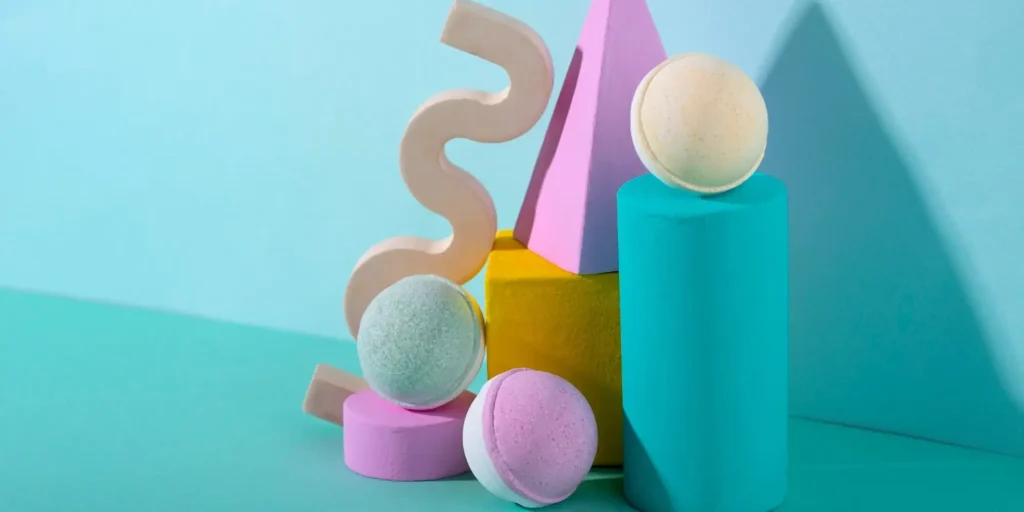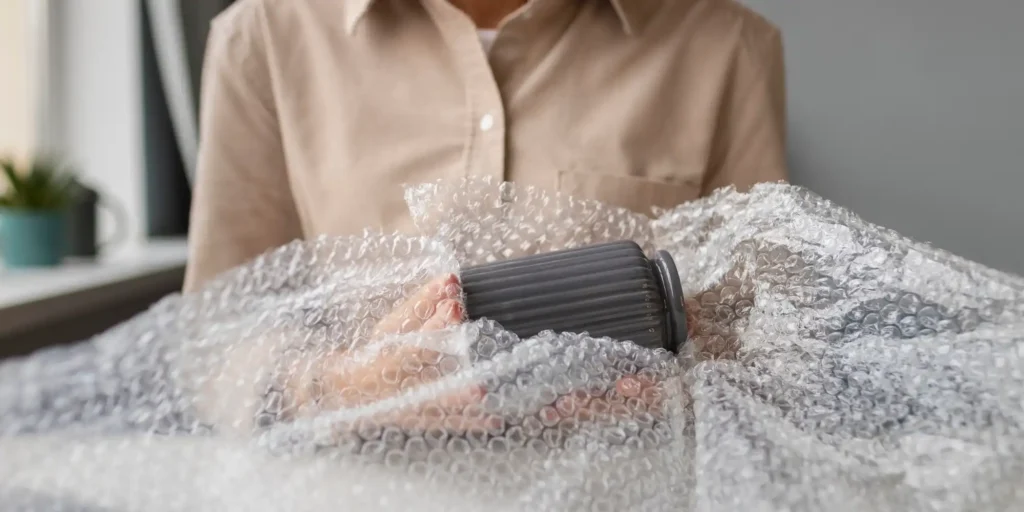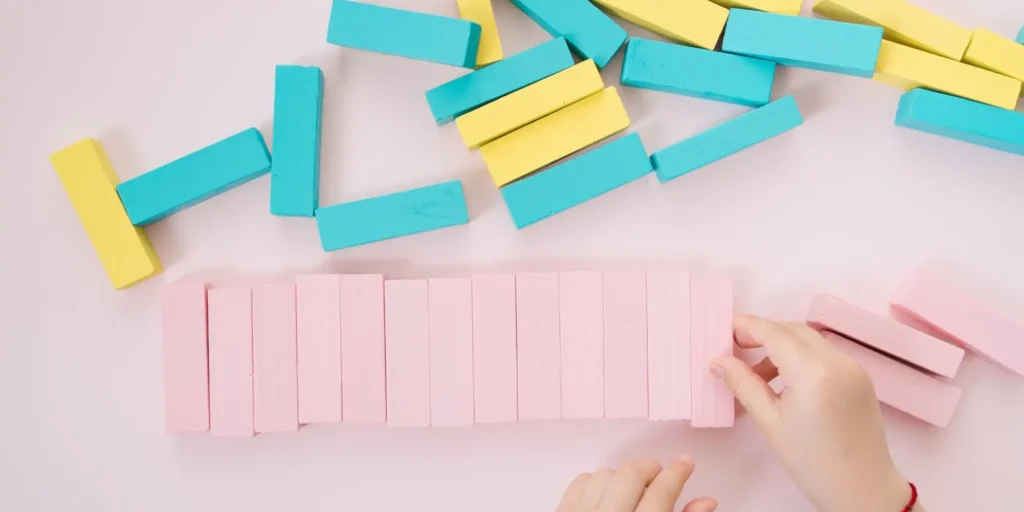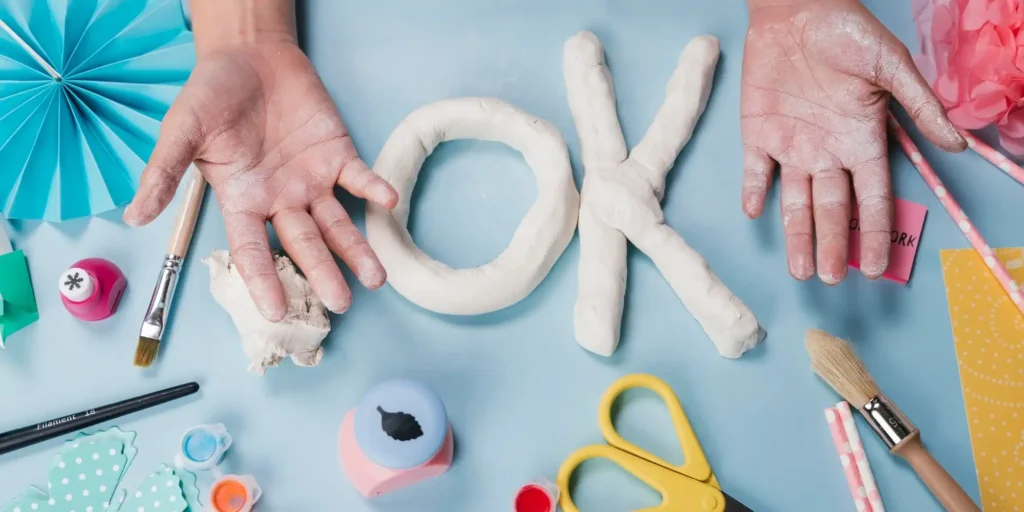When it comes to bringing your creative visions to life, the choice of materials can make all the difference. One such material that has been gaining popularity among model makers for its versatility and ease of use is EVA foam. Whether you\’re crafting intricate replicas or detailed dioramas, EVA foam proves to be an invaluable asset. In this article, we will delve into the diverse applications of EVA foam in the realm of model making, emphasizing its flexibility and suitability for a wide array of artistic projects.
Understanding EVA Foam
What is EVA Foam?
Ethylene-vinyl acetate, or EVA, is a durable and elastic material that is commonly used in various industries, ranging from footwear to sports equipment. In the realm of arts and crafts, EVA foam has emerged as a go-to material due to its lightweight nature and exceptional versatility.
Key Characteristics of EVA Foam
- Flexibility: EVA foam is renowned for its flexibility, making it easy to mold and shape into intricate details. This characteristic is particularly advantageous for model makers who require precision in their projects.
- Durability: Despite its lightweight feel, EVA foam is surprisingly durable. This ensures that your models not only look impressive but also stand the test of time.
- Affordability: Compared to some other modeling materials, EVA foam is budget-friendly, making it accessible for both beginners and seasoned artisans.
Diverse Applications in Model Making
1. Cosplay Creations
EVA foam has become a staple in the cosplay community due to its ability to mimic a wide range of materials, from metal to leather. Cosplayers can craft detailed armor, weapons, and accessories with ease, thanks to the foam\’s adaptability.
2. Architectural Models
Model makers working on architectural projects find EVA foam to be an ideal material for creating scaled-down building replicas. Its lightweight nature allows for easy transportation and handling, while the flexibility ensures accurate representation of intricate designs.
3. Dioramas and Miniature Landscapes
Crafting realistic dioramas and miniature landscapes requires attention to detail. EVA foam\’s flexibility allows for the creation of lifelike terrain, whether it be rocky landscapes, cobblestone streets, or rolling hills.
4. Prototype Development
In the product design and development industry, creating prototypes is a crucial step. EVA foam proves to be a valuable material for crafting prototypes due to its quick and easy manipulation, enabling designers to iterate and refine their concepts efficiently.
Tips for Working with EVA Foam
To make the most of EVA foam in your model-making endeavors, consider the following tips:
- Invest in Quality Foam Sheets: Opt for high-density EVA foam sheets to ensure durability and longevity in your projects.
- Use the Right Tools: A sharp utility knife and a heat gun are essential tools for working with EVA foam. The heat gun helps shape the foam, while a sharp knife ensures clean and precise cuts.
- Experiment with Finishing Techniques: EVA foam can be easily painted and textured to achieve the desired finish. Experiment with different painting and weathering techniques to enhance the realism of your models.
In the world of model making, the versatility of EVA foam opens up a realm of possibilities. From cosplay enthusiasts to architects and prototype developers, this flexible and affordable material has found its way into the hearts of creatives around the globe. Whether you\’re a seasoned model maker or a beginner looking to explore new mediums, consider incorporating EVA foam into your projects for a truly dynamic and captivating result. Let your creativity soar as you unlock the full potential of EVA foam in your artistic endeavors.
FAQ
Q1: What is EVA foam commonly used for in model making?
A1: EVA foam is widely used for crafting detailed cosplay costumes and accessories, architectural models, dioramas, and prototypes in the model-making community.
Q2: Why is flexibility a key advantage of EVA foam for model makers?
A2: The flexibility of EVA foam allows for intricate detailing and precise shaping, making it an ideal choice for achieving realistic and dynamic designs in various artistic projects.
Q3: How can I enhance the durability of my EVA foam models?
A3: Choosing high-density EVA foam sheets and utilizing proper finishing techniques, such as sealing and painting, can significantly enhance the durability of your models.
Q4: Are there specific tools recommended for working with EVA foam?
A4: Essential tools for working with EVA foam include a sharp utility knife for clean cuts and a heat gun for shaping. These tools ensure a smooth crafting process and professional-looking results.




